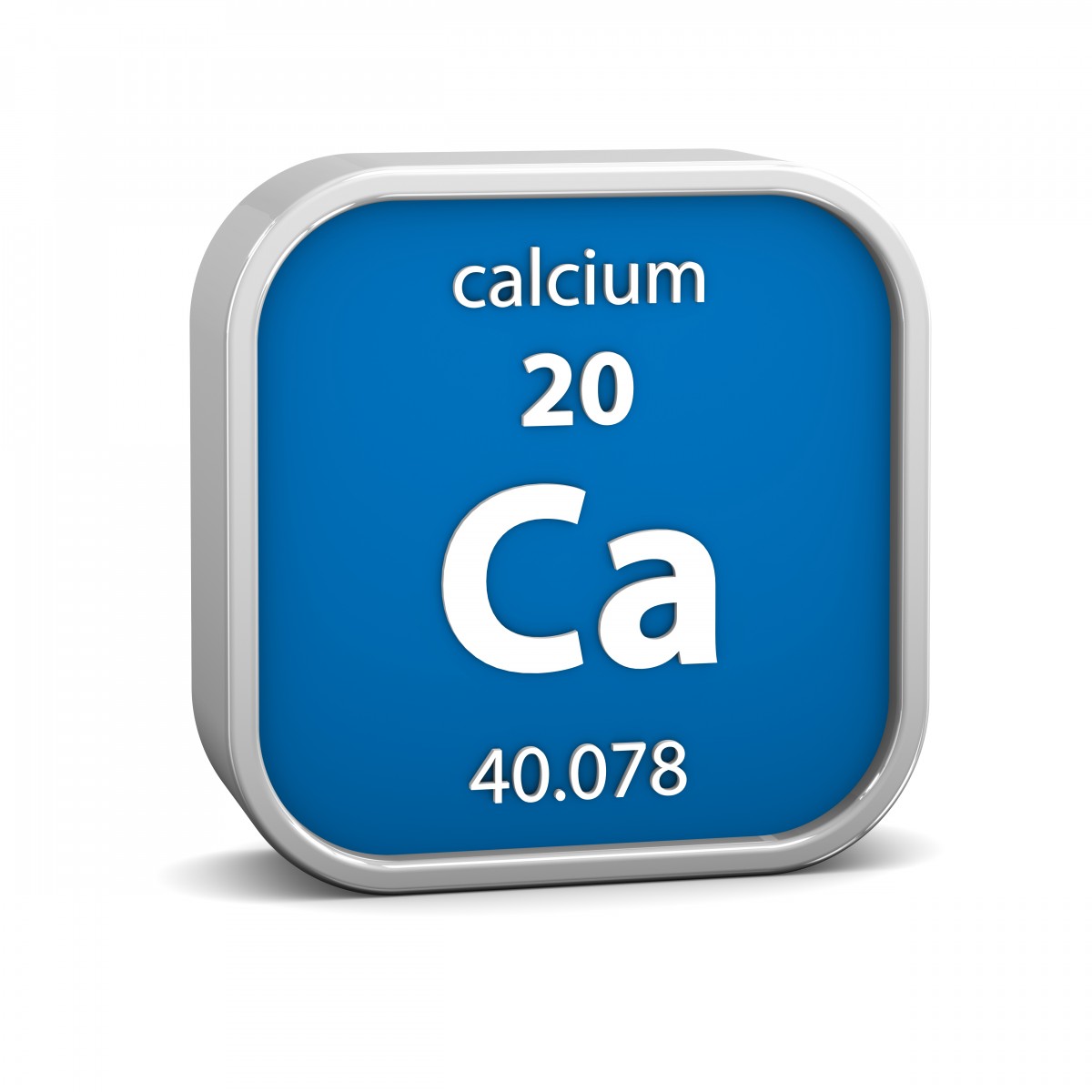Discovery of How Mitochondrial Calcium Channel Works Raises Hope of New Treatments

Researchers at Temple University in Philadelphia revealed the atomic structure of a calcium channel in the mitochondrial membrane — a discovery that could lead to the development of new drugs for a wide range of conditions.
Their study, “Structural Insights into Mitochondrial Calcium Uniporter Regulation by Divalent Cations,” published in the journal Cell Chemical Biology, also provides insights into disease mechanisms in conditions where the channel is not working properly.
The research team, led by Muniswamy Madesh, PhD, a professor in the Department of Medical Genetics and Molecular Biochemistry at the Lewis Katz School of Medicine at Temple, discovered that the calcium transporter is controlled both by calcium and magnesium ions.
Calcium is a crucial ion, having numerous roles in normal cell function. Mitochondria use it in their energy-producing processes, and calcium ions enter mitochondria through a pore. This pore, however, is not always open, as too much calcium can be dangerous.
“Calcium is a key regulator of energy production in mitochondria, but too much of it can trigger cell death,” Madesh said in a news release, referring to the fact that calcium is also a key factor in the process of programmed cell death — a cellular self-destruction mechanism that aids in the proper functioning of other cells.
“But if the pore fails to close,” Madesh added, “mitochondria retain the energy they synthesize in the form of ATP. The resulting accumulation of oxidants and calcium overload lead to mitochondrial swelling and cell stress.”
This happens in numerous diseases, including cardiovascular diseases, such as stroke and heart attack, and in neurodegenerative conditions like Parkinson’s and Alzheimer’s.
Until now, the factors that control whether the calcium transport protein is open or closed has eluded scientists. In solving the atomic structure of a part of the protein, the Temple researchers realized that both calcium and magnesium ions were involved in controlling the shuttle. When these ions bind to the inside part of the calcium channel, the pore closes.
To confirm that the binding of these ions is crucial for controlling the pore, the team used human cells grown in the lab to introduced mutations in the binding region of calcium and magnesium. This prevented the pore from closing.
According to Madesh, the discovery helps to explain the role of the calcium transport protein in controlling mitochondrial calcium uptake, and may have important implications for the understanding of diseases linked to mitochondrial dysfunction. “In identifying a region of MCU [mitochondrial calcium uniporter] that directly controls its activity, we have created a framework for modulating MCU function through the development of a small molecule,” he concluded.






